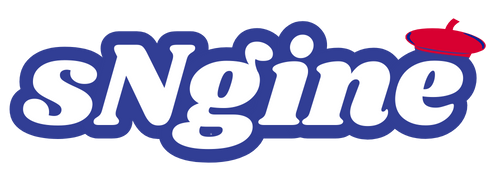While often overlooked, the components that bring vehicles to a halt are as vital as those that propel them forward. Today, the global industry dedicated to brake friction is in the midst of a silent revolution, characterized by rapid technological advancement and strategic realignments. This essential field is no longer just about manufacturing pads and discs; it's about engineering sophisticated systems that meet the demands of next-generation vehicles, stringent environmental laws, and discerning consumers, making it a dynamic and growth-oriented sector.
According to Straits Research, the global brake friction products sector was valued at USD 12.19 billion in 2023 and is projected to reach from USD 12.68 billion in 2024 to USD 18.56 billion by 2032, growing at a CAGR of 4.29% during the forecast period (2024-2032). This robust expansion is directly linked to the automotive industry's seismic shift towards electrification. Electric vehicles require specialized braking solutions that contend with increased weight, minimize particulate emissions, and combat corrosion from disuse due to regenerative braking. This paradigm shift is compelling manufacturers to innovate relentlessly and redefine their product offerings for a new era.
Competitive Dynamics and Regional Innovations
The race for dominance in this evolving landscape is fierce, with key players executing distinct strategies based on their regional strengths and technological expertise.
-
Robert Bosch GmbH (Germany): Bosch is leveraging its immense R&D capabilities to create fully integrated and connected braking systems. Their iDisc, a premium brake disc with a wear-resistant coating, is designed to significantly reduce brake dust emissions. More recently, Bosch has been developing cloud-connected braking solutions that use data from other vehicles to pre-condition brakes for optimal performance in anticipated conditions, a step towards predictive safety.
-
AKEBONO BRAKE INDUSTRY CO., LTD. (Japan): A global specialist in brake technology, Akebono is a leader in ceramic friction material technology. Their recent focus has been on creating ultra-quiet, low-dust brake pads for the luxury and electric vehicle segments. They announced a significant new supply contract with a major North American EV manufacturer, underscoring the industry's trust in their specialized EV technology.
-
MAT Holdings, Inc. (USA): A major player in the aftermarket through brands like Wagner Brake, MAT is focusing on expanding its global footprint. They recently completed an acquisition of a European friction material manufacturer, aiming to better serve the OE and aftermarket demands across the continent and diversify their manufacturing base.
-
China's Growing Influence: Chinese manufacturers like Hangzhou ACE Brake Co., Ltd. are rapidly moving up the value chain. Previously known for cost-effective products, they are now investing heavily in R&D to develop competitive, high-quality friction materials for both the domestic and international markets. Their recent updates include achieving international quality certifications and supplying OE components to Chinese electric vehicle startups, signaling their rising technological prowess.
Dominant Trends Redefining the Industry
Three core trends are currently shaping product development and corporate strategy across the globe:
-
Regulation-Driven Innovation: Environmental legislation, particularly in North America and Europe, mandating reduced copper and other heavy metals in brake pads, is a powerful innovation driver. Companies are investing millions in developing and testing new material compounds that comply without sacrificing performance or safety.
-
Premiumization in the Aftermarket: As vehicles become more complex, consumers are increasingly seeking premium brake products that offer longer life, better performance, and guarantees of compatibility, especially for hybrid and electric models. This trend is boosting profit margins for companies with strong brand equity and advanced product lines.
-
Acquisitions and Partnerships: The need for advanced technology and global reach is driving consolidation. Larger entities are acquiring smaller specialists to gain access to proprietary materials or patents, while partnerships between material science firms and brake manufacturers are becoming more common to accelerate development cycles.
Recent News and Market Activity
The industry's activity level remains high. In a significant recent development, ZF Friedrichshafen AG announced it is scaling up production of its electric park brake calipers in its Mexico facility to meet North American demand. From Asia, Nisshinbo Holdings Inc. reported a record year of investment in new production machinery to automate disc manufacturing, aiming to improve precision and reduce costs. Furthermore, a recent study published by a European automotive club found that brake wear particulate emissions are a larger contributor to urban air pollution than previously thought, a finding that is putting additional pressure on the industry to develop "low-emission" braking solutions.
Summary
The brake friction sector is experiencing a period of intense innovation and growth, directly tied to the rise of electric and hybrid vehicles. Key global players are responding with advanced, eco-friendly materials and smart, connected systems.



